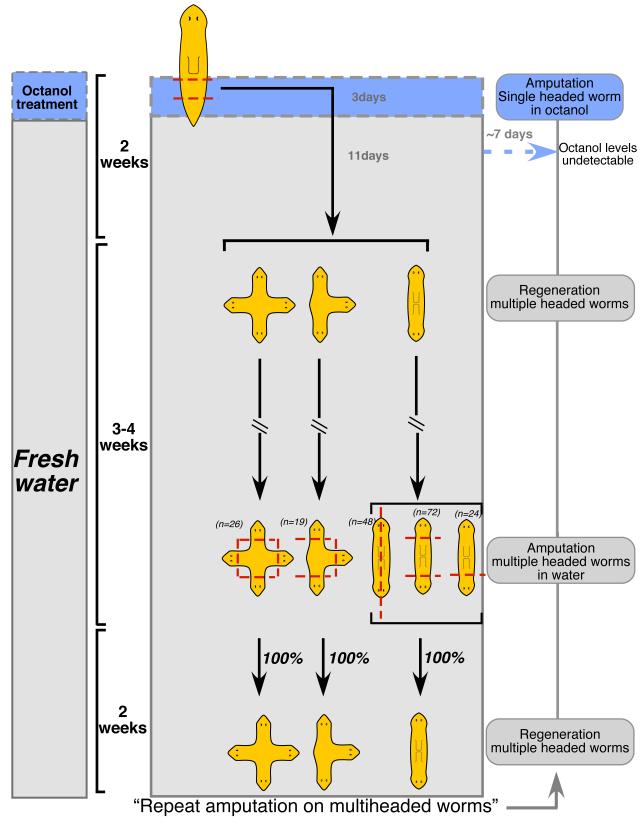FIGURE 5. Morphogenetic changes persist for several rounds of regeneration in absence of GJ inhibitor.
Schematic illustrating that short treatment with octanol (3 days, blue area) is able to induce morphogenetic changes that persist for weeks, and across multiple rounds of regeneration. Multi-headed worms were obtained from post-pharyngeal regenerating fragments amputated in presence of octanol. The period of time in which animals were in fresh water is depicted with gray background. About one month after first amputation, multiheaded worms were amputated in different planes (transversally or longitudinally, dotted lines) along the A/P axis in plain water (in absence of octanol). Transverse amputations produced single or multiple simultaneous decapitations and longitudinal cuts divided bipolar worms in two mirror images fragments. In all cases, the ectopic heads were regenerated reconstituting multiple headed worms; from longitudinal cuts, two double-headed worms were formed. Total number of decapitations are represented within parentheses. This procedure was repeated two more times and morphogenetic changes persisted (not shown).

